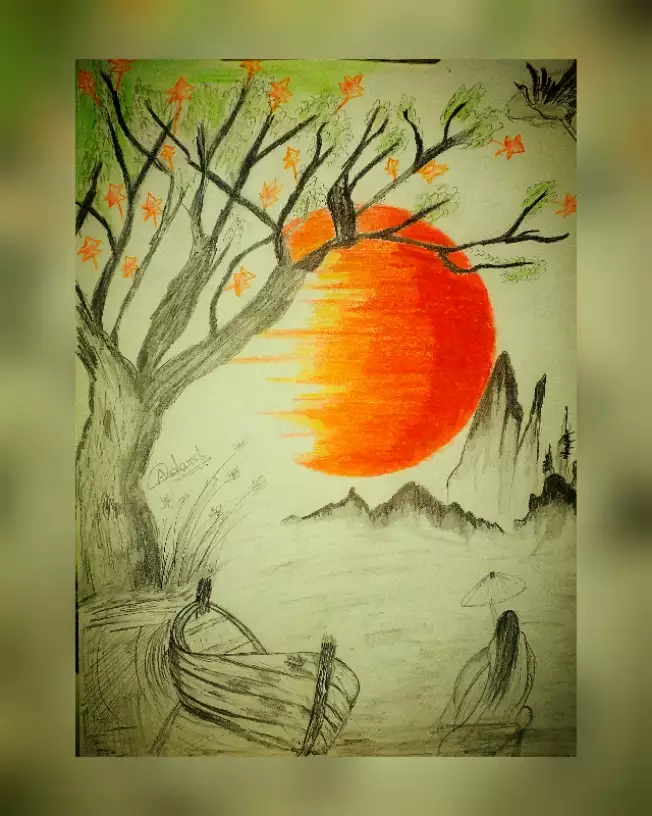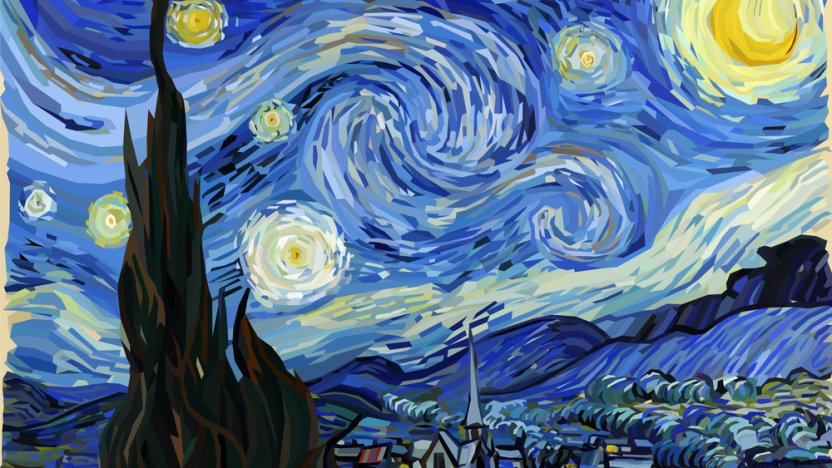The Crossway of Politics and Looks in Trump Art
The Crossway of Politics and Looks in Trump Art
Blog Article
Beginning on a Visual Trip With the Lyrical Analyses of Nature in Stylist Landscapes
Each brushstroke, each play of light and darkness, and each shade selection in their works talks quantities about the artists' deep link to nature and their ability to translate its beauty onto the canvas. As we check out the lyrical interpretations of nature in Impressionist landscapes, we are welcomed to immerse ourselves in a world where fact and feeling intertwine, providing a look into the musicians' extensive appreciation for the natural globe.
The Captivating Brushstrokes of Claude Monet
Claude Monet's mastery of brushstrokes goes beyond mere strategy, imbuing his landscapes with a heavenly high quality that mesmerizes and captivates visitors - trump art. His innovative use shade and light, incorporated with his distinct brushwork, develops a sense of motion and life within his paints. Monet's popular collection of works illustrating water lilies and his iconic haystacks showcase his capability to capture the short lived results of light and ambience

Checking Out Light and Darkness With Camille Pissarro
Embodying a similar reverence for the interaction of light and shadow, Camille Pissarro's artistic vision unfolds as an unified expedition of the environment's luminescent subtleties. Pissarro, an essential figure in the Impressionist motion, masterfully captured the dynamic partnership in between light and darkness in his landscapes. His experienced use color and brushwork permitted him to convey the refined changes in light that specify various times of day and periods.
Pissarro's paintings frequently feature spotted sunlight filtering system with fallen leaves, casting complex patterns of light and shadow on the planet below. In jobs such as "Hoar Frost, the Result of Snow, Pontoise," Pissarro skillfully portrays the crisp brightness of winter sunshine compared with the cool darkness that specify the snowy landscape. By embracing both light and shadow in his make-ups, Pissarro welcomes customers to immerse themselves in the all-natural charm and transient results of light in the globe around them.

With Pissarro's works, we are advised of the transformative power of light and darkness, inviting us to stop briefly and appreciate the short lived moments of charm present in the everyday landscapes that border us.
A Harmony of Colors by Edgar Degas
Edgar Degas coordinates a vivid harmony of shades in his skillful art work, instilling his make-ups with a vibrant interaction of shades that mesmerize the viewer's gaze. Understood mainly for his ballet dancers and intimate scenes of Parisian life, Degas expertly manipulated colors to convey mood and activity in his paints. trump art. His usage of strong, contrasting shades and refined tonal variations developed a sense of depth and vibrancy within his jobs
Degas' shade combination frequently consisted of abundant blues, deep eco-friendlies, and cozy oranges, which Visit Your URL he applied with positive brushstrokes to capture the significance of his subjects. Whether portraying a ballerina mid-performance or a team of good friends chatting at a coffee shop, Degas' shades not just illustrated the scene yet likewise stimulated a sense of feeling and energy.
Furthermore, Degas' testing with light and shadow added an extra layer of intricacy to his color compositions, improving the overall ambience of his paints (trump art). Through his skillful manipulation of color, Degas developed a visual harmony that remains to reverberate with visitors today
Discovering Nature's Peacefulness With Berthe Morisot
Berthe Morisot's creative vision supplies a serene separation from the lively shade harmonies of Edgar Degas, as she captures the peace of nature in her expressive landscapes. Recognized for her delicate brushwork and intimate portrayals of day-to-day life, Morisot's landscapes exude a feeling of peace and consistency.
Morisot's paints usually feature soft, soft tones that convey a sense of peace and peacefulness. Her jobs, such as "The Cradle" and "Summertime's Day," display her ability to click for info capture the subtle appeal of nature in such a way that is both comforting and contemplative to the viewer.
Unlike a few of her Impressionist counterparts who concentrated on dynamic compositions and vibrant colors, Morisot preferred to create gentle, reflective scenes that welcome the customer to stop and show. Via her masterful usage of light and darkness, Morisot creates a sense of serenity that reverberates with the visitor on a deep psychological level.
The Psychological Landscapes of Vincent Van Gogh
Vincent Van Gogh's landscapes vividly share a depth of emotion with their vibrant brushwork and meaningful usage of shade. The Dutch post-impressionist artist is renowned for his capacity to capture raw and intense feelings in his paintings, going beyond traditional representations of nature. Van Gogh's tumultuous personal life, marked by psychological health and wellness battles, greatly influenced his art, instilling his landscapes with a feeling of worry, my sources moody, or enthusiasm.
In works such as "Starry Evening" and "Wheatfield with Crows," Van Gogh's swirling brushstrokes and lively shade choices stimulate an extensive emotional reaction from audiences. The rough skies and upset landscapes in his paintings reflect his internal turmoil and psychological disturbance, welcoming customers to dive right into the intricacies of his mind.
Van Gogh's one-of-a-kind aesthetic language, defined by overstated perspectives and vibrant usage of color, creates landscapes that resonate with viewers on a deeply psychological level. Via his art, Van Gogh invites us to see nature not equally as an exterior fact however as a mirror of our innermost feelings and emotions.
Final Thought
Finally, the impressionist landscapes of artists such as Claude Monet, Camille Pissarro, Edgar Degas, Berthe Morisot, and Vincent Van Gogh supply a unique and captivating visual analysis of nature. Via their use brushstrokes, emotion, color, and light, these artists have produced a symphony of pictures that stimulate a sense of peacefulness and charm in the all-natural globe. Their jobs remain to influence and captivate customers with their lyrical analyses of the landscapes around us.
Each brushstroke, each play of light and shadow, and each color choice in their works speaks quantities concerning the musicians' deep link to nature and their capability to equate its beauty onto the canvas. His cutting-edge use of color and light, integrated with his distinctive brushwork, produces a feeling of motion and life within his paints. His experienced usage of shade and brushwork allowed him to share the subtle changes in light that specify different times of day and periods.

Report this page